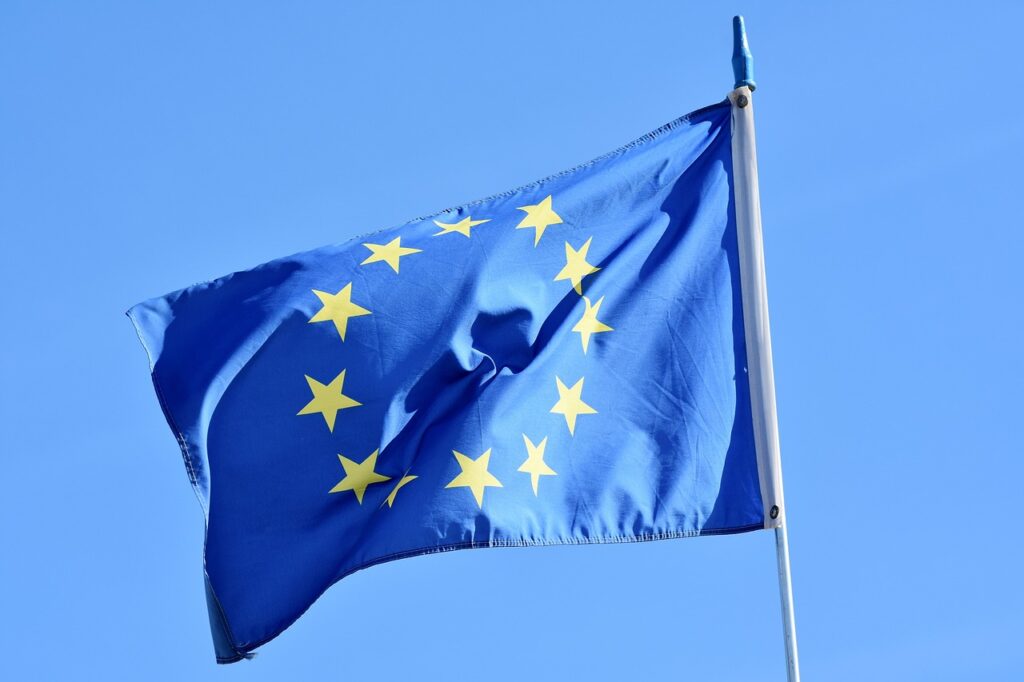The European Commission has tabled a proposal to legally cement a 90% net greenhouse gas emissions reduction target for 2040, compared to 1990 levels, framing the ambitious goal as a direct driver of economic growth and industrial competitiveness. This move amends the European Climate Law, seeking to provide long-term predictability for investors and industry as the bloc navigates its transition to climate neutrality by 2050.
The proposal, dated July 2, 2025, is not just a climate target but a cornerstone of a broader economic strategy encapsulated in the “Clean Industrial Deal”. This deal aims to secure the EU as an attractive manufacturing location, particularly for energy-intensive industries, while championing clean technologies and circular business models. The Commission asserts that this path will bolster the EU’s energy independence from volatile fossil fuel imports, a key factor behind recent high energy prices. The strategy aligns with projections that the global market for net-zero technologies will triple to an annual value of approximately €600 billion by 2030, presenting a significant economic opportunity.
A Multi-Pronged Approach to Decarbonization and Competitiveness
To achieve the 2040 target, the Commission outlines a comprehensive policy architecture that relies on full implementation of the existing “Fit for 55” package for 2030. The framework is designed to be technologically neutral, acknowledging that all zero and low-carbon energy solutions—including renewables, nuclear, energy efficiency, storage, Carbon Capture and Storage (CCS), Carbon Capture and Utilization (CCU), and carbon removals—are necessary to decarbonize the energy system.
Financing this transition is a central pillar of the plan. The strategy points to the mobilization of up to €100 billion for innovative decarbonization projects through a newly established Industrial Decarbonisation Bank, with a pilot auction budgeted at €1 billion set to launch in 2025. This complements other significant funding streams, including the Recovery and Resilience Facility, which dedicates an average of 42% of its €648 billion budget to green measures, and the EU’s Emissions Trading System (ETS), which has generated over €230 billion in revenue for climate and energy projects since 2013. Furthermore, a Social Climate Fund worth €86.7 billion is slated to become available from 2026 to support vulnerable households and micro-enterprises through the transition.
Balancing Ambition with Industrial Reality
The proposal acknowledges the immense challenge of maintaining industrial strength amidst a profound transformation. A new Clean Industrial Deal State Aid Framework, published in June 2025, aims to simplify the process for Member States to grant aid to clean-tech sectors and energy-intensive industries without creating undue market distortions.
The plan also foresees a role for carbon removals and international cooperation. The Commission will explore incentives to build a business case for domestic permanent carbon removals, such as Bioenergy with Carbon Capture and Storage (BioCCS) and Direct Air Capture with Carbon Storage (DACCS), to compensate for residual emissions in hard-to-abate sectors.
In a nod to global realities, the proposal considers the limited use of high-quality international credits under Article 6 of the Paris Agreement, potentially accounting for 3% of 1990 EU net emissions towards the 2040 target in the latter half of the 2030s. This is coupled with the full implementation of the Carbon Border Adjustment Mechanism (CBAM) from 2026, which is designed to equalize the carbon price between domestic products and imports, thereby mitigating the risk of carbon leakage. Recent agreements on CBAM simplification have introduced a de minimis threshold, exempting 90% of importers from its rules while still covering 99% of total CO2 emissions.
The legislative proposal is informed by extensive scientific advice, including a recommendation from the European Scientific Advisory Board on Climate Change for a net GHG emissions reduction in the range of 90-95%. As a next step, the Commission will work to finalize the communication of its Nationally Determined Contribution (NDC), which will include an indicative figure for 2035, to the UNFCCC ahead of the COP 30 climate conference.





